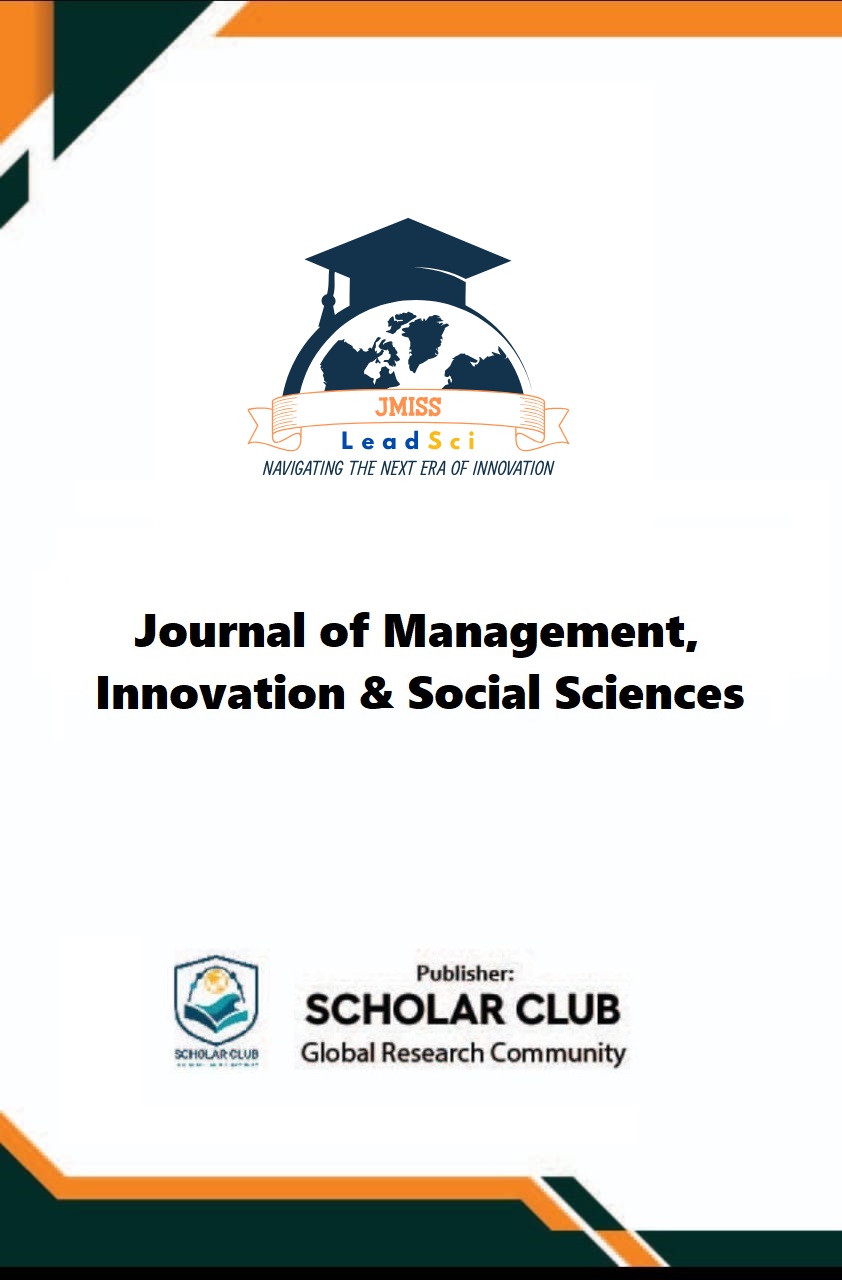Resolving Disputes across Borders: The Concept, Evolution, and Framework of International Arbitration
Keywords:
International arbitration, dispute resolution, New York Convention, investor-state arbitration, commercial arbitration, enforceability, International Chamber of Commerce (ICC), Arbitral AwardsAbstract
International arbitration has become a mainstay in settling international disputes with a flexible, neutral and globally enforceable alternative to traditional litigation. This paper discusses the essence of international arbitration, its development in international law, and the key principles according to which it functions. The main features are institutionalized, but flexible procedural bases in various forms, including institutional and ad hoc arbitration, and dedicated lines, including investor-state and commercial arbitration. The benefits are many, especially autonomy of the parties, which enables great control over the procedure, such as the choice of expert arbitrators. Confidentiality secures sensitive data, which is an exclusive attraction to businesses. More importantly, the universality of arbitral awards through the enforcement of the awards, mainly through the New York Convention, is an effective instrument of international justice. Effective international arbitration is based on the strong arbitral institutions (e.g., ICC, LCIA) and the existence of an arbitration agreement as well as the guaranteed enforceability of awards. After all, international arbitration is a strong balance of efficiency, fairness, and flexibility, which generates confidence and predictability in international trade.
Downloads
Published
Issue
Section
License
Copyright (c) 2025 Daniyal Shoukat

This work is licensed under a Creative Commons Attribution 4.0 International License.







